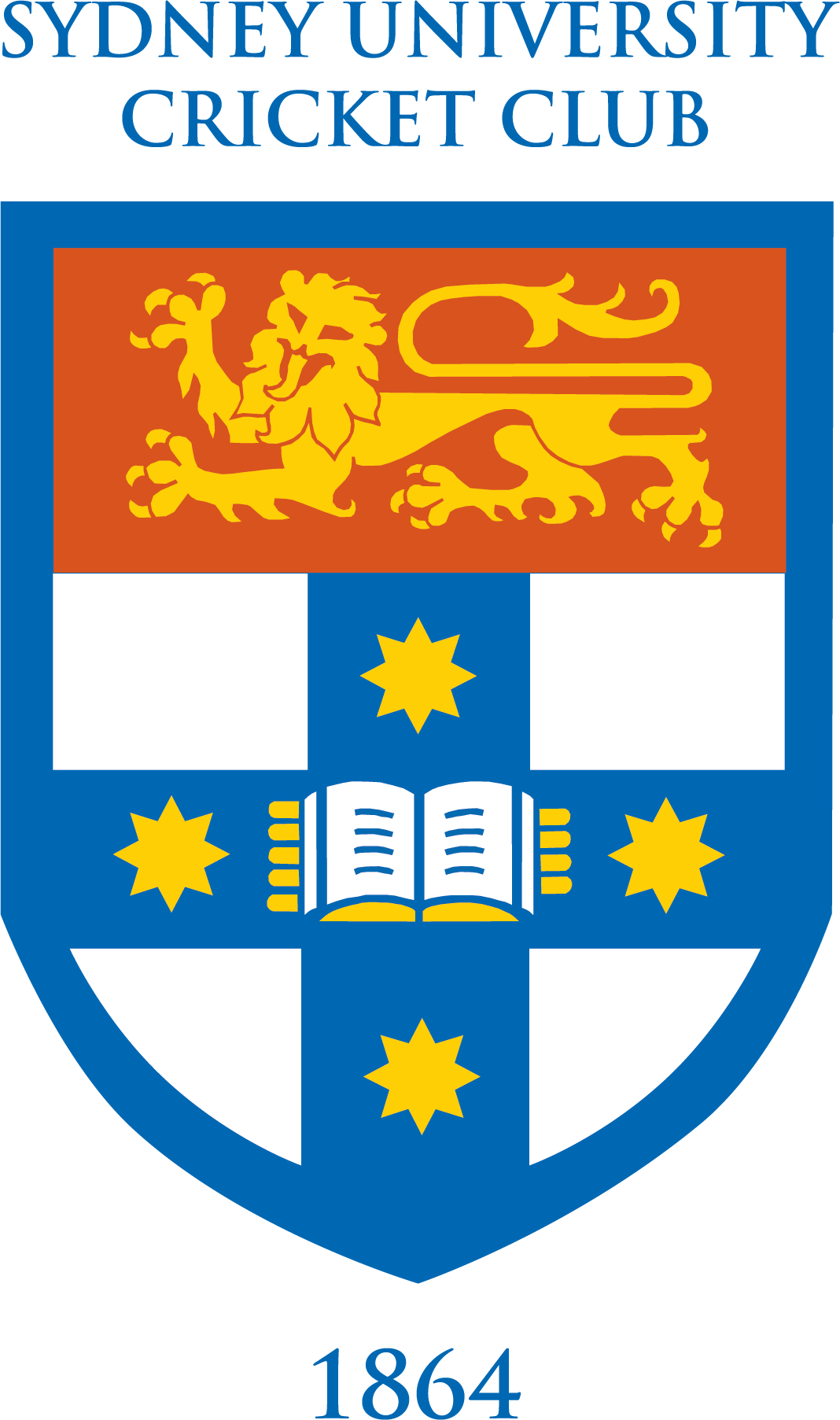Dr. George Frank Hugh Stening
Frank Stening, one of University’s outstanding cricketers of the 1950s, died on 10 May 2022 at the age of 85.
Dr Stening entered University to study Medicine in 1955, following a very successful career in school cricket at Cranbrook. Possibly at school his batting was more highly regarded than his bowling – he scored 101 not out against Barker in 1953-54 – but he was the leading all-rounder in an unusually strong Associated Schools competition that featured players like Gordon Rorke and Neil Marks. University’s selectors were quick to seize on his potential as a fast bowler, and he was hurried into the First Grade side in 1955-56. It was a steep learning curve, and he captured only a handful of expensive wickets in that first season. He later recalled that
It was daunting to be playing with and against names you had only heard of and not met. Grade cricket in those days was strong and you played regularly against the state players and internationals. Remember too, that NSW was virtually the Test side. And there were many grade cricketers as good as the internationals playing in the competition. In 1955 Peter Hall was our captain, a debonair and slightly eccentric architectural student/graduate. He would arrive at the cricket attired in a Uni Blues blazer driving a vintage car or Bentley that stood out amongst the opposition, and us, especially at places like Bankstown. He was unfailingly polite and a handy, but not brilliant, cricketer. My second game in First Grade was on the Monday of the long weekend against Manly at Manly and Keith Miller was captaining Manly. There was a decent crowd there to see Miller, who had been controversially dropped from the Test side. I can remember he strolled into our dressing room before the start not knowing any of us except Saxon, and wanted to know our captain. Peter timidly, but very presentably, indicated he was and Miller immediately demanded 'do you want to bat or bowl?' Peter responded that he thought we should toss, to which Miller responded 'you bat', which we did. They beat us by an innings in the day and Miller did virtually nothing other than to run me out. That was really how we were accepted in grade and we ended the season not winning a game and having, I think, one draw.
The following season, Dr Stening made a useful contribution towards the First Grade team’s surge to the semi-finals. Unfortunately, in the last match before the finals, he held a spectacular diving catch at backward square against North Sydney, but broke a rib in the process, and could only look on as Glebe overpowered the students.
By the start of the 1957-58 season, he had developed his pace and stamina and became a genuine force in First Grade cricket. A few critics complained that he didn’t move the ball very much, but at his best he could be as quick as any bowler in Sydney. In December 1957, he bowled 18 eight-ball overs in an afternoon to claim 5-67 against a strong St George side. Although he and his new-ball partner Dave Walker suffered from limited support and some terribly fallible catching, Stening ended the season with 34 wickets at the excellent average of 19. He also scored his first half-century in First Grade and earned his first representative selection, for a Metropolitan team against a combined Newcastle-Illawarra side. He improved still further in 1958-59, claiming 35 wickets at 13, including a conspicuously hostile spell of 7-30 against Bankstown. He was chosen in the NSW Colts team for the annual match against Queensland Colts and, although his bowling was hampered by an ankle injury suffered in the week before the game, he followed his two wickets with a match-saving innings of 56 (against an attack that included, in Tom Veivers and Peter Allan, two future Test bowlers). His hard-hitting batting was often valuable in University’s lower-middle order.
Although his pace had dropped a little in 1959-60, Stening still managed 30 wickets at 16 in 1959-60, and also hit his highest First Grade score, 60 against North Sydney. That innings ended in unusual circumstances: not out overnight, he was nowhere to be found when play resumed on the second day of the game, and was “timed out”. When he eventually appeared at the ground, he blamed his lateness on a punctured tire, and grabbed three wickets to help University win a tight match by 16 runs. Altogether in First Grade he scored 779 runs at an average of 15.9 and took 114 wickets at 20.
George Frank Hugh Stening was born on 20 October 1936 and died on 10 May 2022. He is survived by his second wife Loekie, their daughter Nadina, and his sons Mike, Angus and Tom. The club extends its condolences to Dr Stening’s family.
Max Bonnell




















